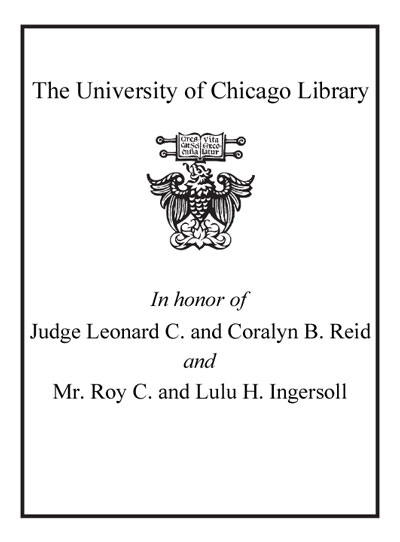| Summary: | Archaeology of the Solomon Islands presents the outcome of twenty years' research in the Solomon Islands undertaken jointly by Richard Walter and Peter Sheppard, both leaders in the field of Pacific archaeology.
At the time of first European encounter, the peoples of Melanesia exhibited some of the greatest diversity in language, sociopolitical organization and culture expression of any region on earth. This extraordinary diversity attracted scholars and resulted in coastal Melanesia becoming the birthplace of modern anthropology, and yet the area remains one of the least well-documented regions of the Pacific in archaeological terms.
This synthesis of Solomon Island archaeology draws together all the research that has taken place in the field over the past fifty years. It uses a multidisciplinary theoretical and methodological approach and considers the work of archaeologists, environmental scientists, anthropologists, and historians.
At the same time, this volume highlights the results of the authors' own considerable field research.
Until recently, much Pacific archaeological research focused primarily on colonization events and cultural-ecological interactions. Walter and Sheppard are interested too in the long-term development of diversity in coastal Melanesia and in the evolution of "traditional" Melanesian societies. As a case study they focus on the Roviana Chiefdom, an aggressive but highly successful polity based around headhunting, slave raiding, and ritual violence that dominated the political economy of the Western Province into the early twentieth century.
The authors also integrate the Solomon Islands into ongoing models and debates around Pacific culture-history, including in such key areas as human expansion during the Pleistocene, the spread of Austronesians, Lapita colonization, the development of food production, the role of exchange systems, the concept and meaning of culture areas, and human impact on landscapes and ecosystems.
This fascinating and very readable book is written for an archaeological audience but is also designed to be accessible to all readers interested in Pacific archaeology, anthropology, and history. Featuring more than a hundred maps and figures, Archaeology of the Solomon Islands represents a groundbreaking contribution to Pacific archaeology. |
|---|

